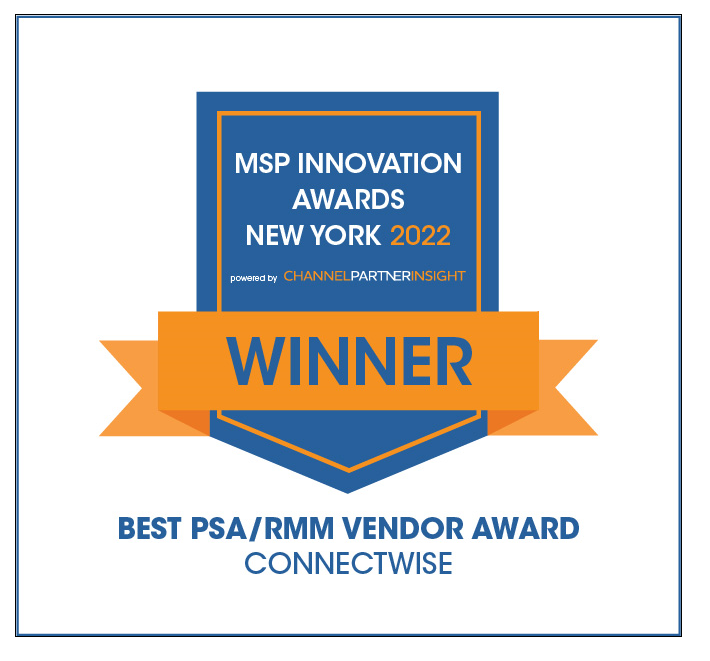Measuring the true value of an IT department that matters to business leaders
Understanding the value contributed by your IT is a crucial part of running your business. If it isn’t adding value, then it’s a non-productive expense—and you’re losing out. But how do you effectively measure the performance of IT, and ensure that yours adds to the success of your company? Simple. Create key performance indicators (KPIs).
KPIs are a standard way to measure value in any business scenario, and that’s especially true of IT service management (ITSM). But infrastructure and operations (I&O) leaders have traditionally done this inefficiently and ineffectively. It’s time to flip ITSM KPI measurement on its head.
Bottom-up goes top-down
Many I&O leaders outline KPIs that track the performance of specific I&O functions, creating a bottom-up approach. But IT doesn’t just impact your I&O organization. It spreads throughout the entire company and creates (or deducts) value for the organization’s business services. That’s why I&O leaders are better off making a flip.
For starters, it’s time to think strategically about how to gain more value from KPI insights. Instead of putting call abandonment rate—which may have minimal impact on your company but is a common ITSM KPI—at the top of your list of IT KPIs, think about something more integral to the business.
Consider the company’s business services. How does I&O contribute to your success? What would be necessary to achieve that success? And how do we translate these success factors into numbers?
Say you’re a financial services provider, and you’re in charge of customers’ private and personal information. If you were to experience security issues, you would put your customers’ info at risk—and risk losing customers. Thus, an important KPI would then be about tracking your security, e.g., keeping a certain severity of security incidents under three over a specified period.
To identify important business objectives, consider thinking outside the box of IT management—and call on help from the rest of the company. Think CEO, CFO, business unit leaders, and corporate service leaders. It takes a unified and collaborative approach to identify the appropriate goals and subsequent metrics to track and ensure IT ROI.
Once you identify your KPIs, the next step is to create an action plan. Ideally, this is a concrete list of steps that monitor the success of the ITSM initiative—and creates contingencies.
Maturity matters
One thing many I&O leaders do is rely on other organizations’ ITSM KPIs. While this is a great starting point for ideas, the conversation shouldn’t end here. KPIs are not one-size-fits-all—they’re actually the opposite.
The needs and business goals of your company are unique. It’s pointless to try to force-fit anyone else’s KPIs into your own processes. You and your competitors may offer similar services—but your operations are different, as are your people. Improper KPIs not only ineffectively track your IT’s ROI, they also cause I&O leaders to waste time—and to drive inefficient operations.
Think about maturity level. A younger I&O organization won’t have the resources of a more mature one. So, defining wildly ambitious ITSM KPIs will set your team up for failure. On the flip side, a mature organization shouldn’t mimic the KPIs of a low-maturity organization: they might well be overly simplistic and too easy to achieve, and your IT team may slip into complacency.
It’s a tricky balance to strike, but one way to think about it is by starting with the basics—and then gradually ramping up to more complicated, aspirational KPIs. For example, start with the percentage of major incidents with RCA. Next, focus on the percentage of major incidents with corrective actions taken. Finally, you might track the percentage of major incidents that were repeated (something useful for organizations that have reached the highest level of maturity).
Across the board, the KPIs you set up must be trackable and quantitative—not qualitative. How else can you ensure you’re meeting your goals? The bottom line is that KPIs should always be measurable, aspirational, and firmly achievable.
Governance processes that work
So, you identified your ITSM KPIs. Now you can set them and forget them, right? Nope. I&O leaders need to consistently review and update KPIs to ensure they’re as relevant and strategic as possible, at all times. This involves more than just checking the performance of KPIs—and taking your team’s temperature. As your business changes, so, too, do your IT needs. In a flash of evolution, KPIs can become quickly outdated and irrelevant.
It’s important to establish formal governance processes to ensure that you’re using the most effective KPIs for your business—and continue to drive your team toward improvements. Start by implementing a quarterly review in which you do a deep dive into the relevance of your KPIs. As your company grows (and as your IT team starts improving), you can put more ambitious goals in place, or shift to more pressing IT goals.
This can take multiple layers of assessment. Start by assigning team leads and managers to reviews. These are the team members that have boots on the ground and can provide insights into what’s happening. Next, pull in senior management and your CIO for an executive review. Make it a conversation between both parties for an effective, big-picture look at I&O performance. As you update and tweak your KPIs, you’re able to push your IT department to improve month after month—and bring in tangible ROI.
Setting up an automated IT infrastructure is another way to seamlessly streamline processes, effectively manage tasks, and essentially boost the ROI of your IT department. ConnectWise solutions simplify IT management and put value back into your IT.


